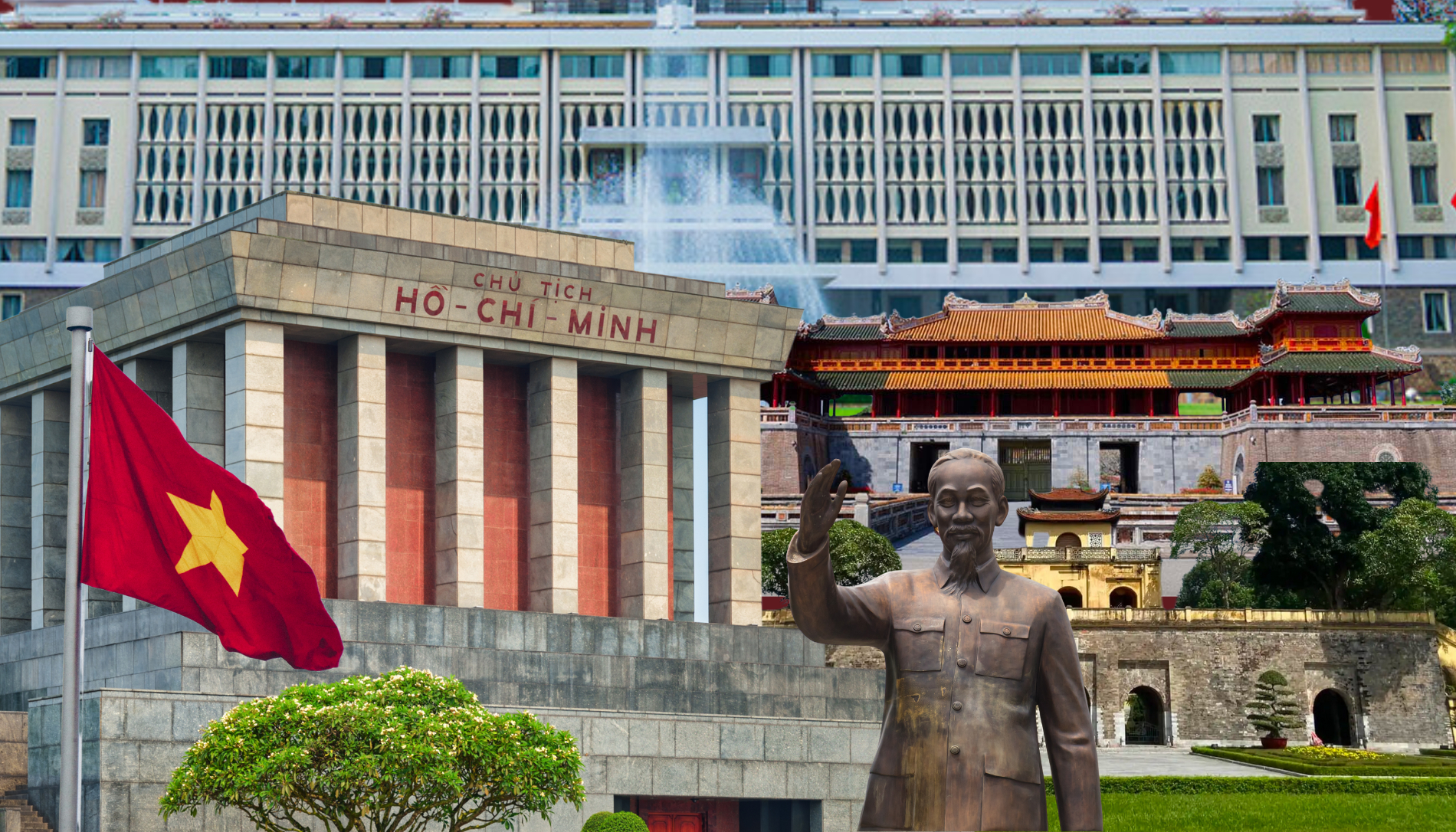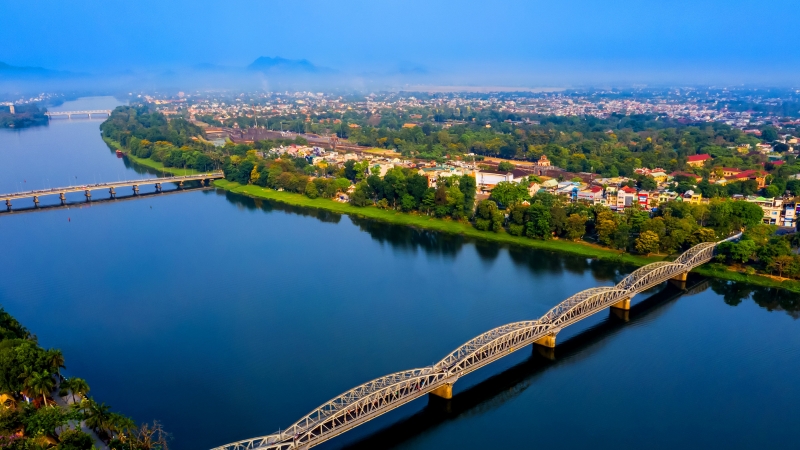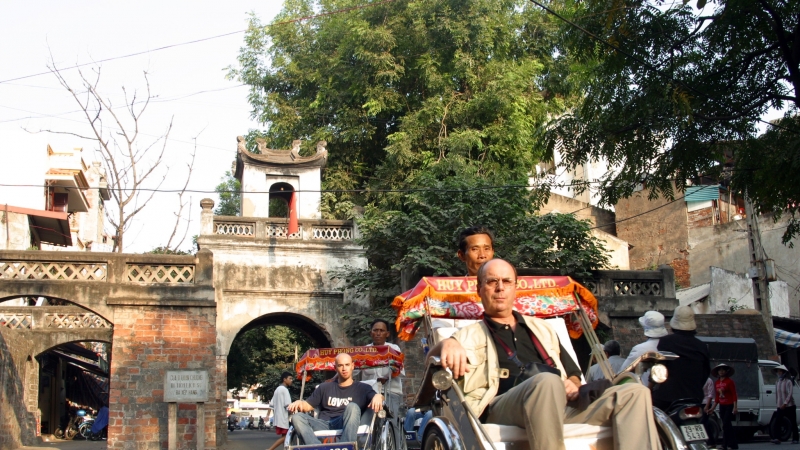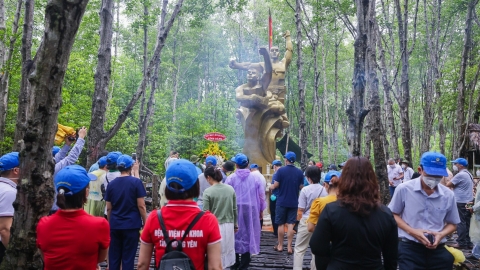The April 30 holiday is an opportunity to enjoy extremely valuable historical resources, bringing very unique impressions of the Vietnamese people in the hearts of visitors when visiting. In recent years, investment, restoration, conservation and upgrading of relics associated with tourism development have been focused on by many localities, creating a new, vibrant and attractive appearance without losing the inherent historical value of the works.
Some famous historical tourist attractions in Vietnam that you must visit
Independence Palace - Witness of Saigon's hundred-year history
In the last days of April, the city center is brilliant with flowers on every street to welcome the great day of the whole nation on April 30 - the day of Liberation of the South, reunification of the country. On this happy day, we cannot fail to mention the Independence Palace, standing tall as a historical witness that has stood the test of time.
April 30 is an important holiday in Vietnam to celebrate the Liberation of the South and the reunification of the country. On this day in 1975, the Liberation Army of South Vietnam entered the Independence Palace in Saigon, marking the end of the Vietnam War.

Independence Palace - symbol of the city named after Uncle Ho
Visiting the Independence Palace becomes a memorable experience for tourists when coming to Saigon. You not only visit the emotional historical site, but also enjoy the beauty of the large campus with green lawns. From every angle, the Palace appears majestic, towering, captivating the hearts of every visitor.
Independence Palace - the symbol of the city named after Uncle Ho, the pride of the Vietnamese people. Through many ups and downs, this place still holds an important position in the history of the struggle for independence and national unification. For those who are passionate about history, Independence Palace is a treasure trove of valuable evidence to explore and learn more about Vietnam's turbulent past.
Ho Chi Minh Mausoleum Complex
Located in Ngoc Ha ward, Ba Dinh district, Hanoi, the Ho Chi Minh President relic site has tens of thousands of different artifacts about his revolutionary activities and life. Based on the nature and role of each construction, the relic complex is divided into 3 areas: Ho Chi Minh Mausoleum, Ho Chi Minh President relic site at the Presidential Palace and Ho Chi Minh Museum.
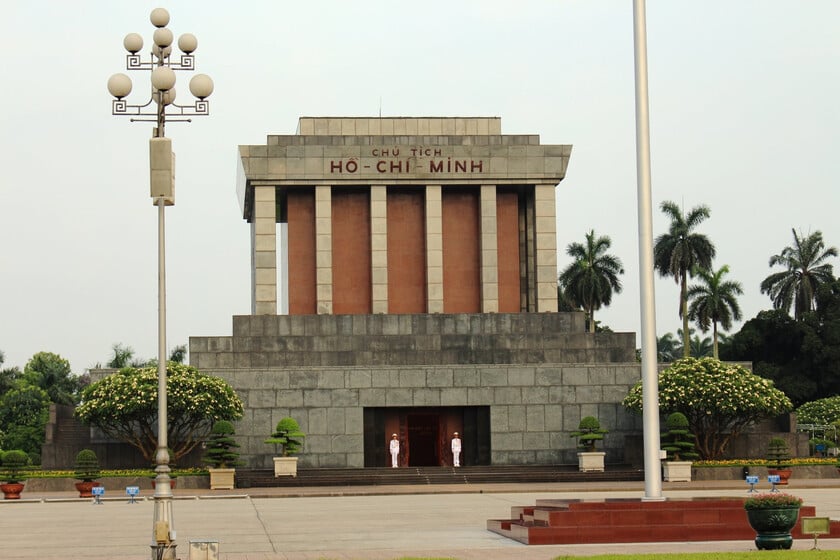
President Ho Chi Minh Mausoleum is a popular tourist destination on April 30.
At the same time, this is also an ideal place for visitors to relax, immerse themselves in the fresh air with fresh natural scenery, especially when coming to Uncle Ho's Mausoleum in the early morning, you can also witness the sacred flag-raising ceremony at Ba Dinh Square.
Pac Bo Special National Monument
Pac Bo historical site is located in Truong Ha commune, Ha Quang district, Cao Bang province. This is the place associated with Uncle Ho's activities in the early stages of returning to the country to lead the Revolution (1941 - 1945).
Coming to visit and experience this place, tourists not only have the opportunity to learn about an important period in the life of President Ho Chi Minh and the Vietnamese revolution, but also have the opportunity to admire the beautiful natural picture.
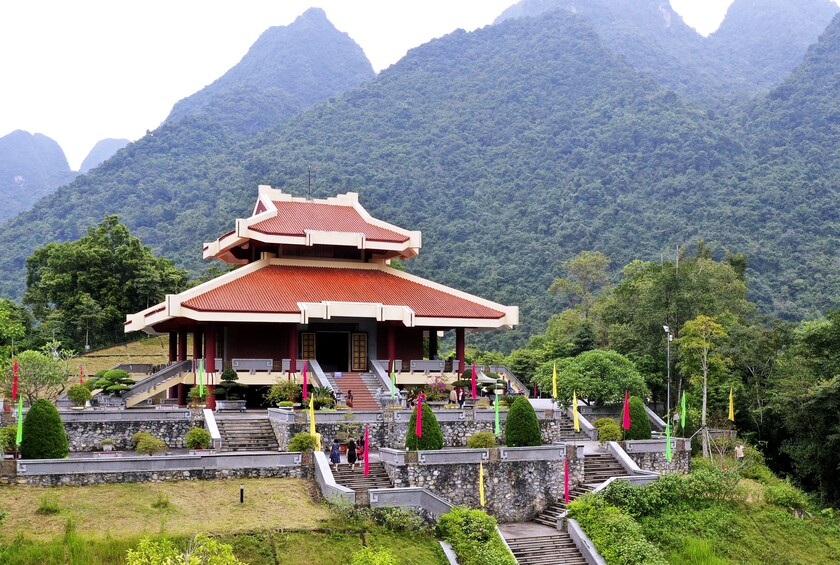
Temple of President Ho Chi Minh at Pac Bo - Ho Chi Minh National Special Relic Site
The Lenin stream is as clear as a silk strip winding at the foot of the majestic Karl Marx mountain. The gentle emerald green stream flows from the source of Pac Bo, called Giang stream or Trung stream by the locals. During the days living and working here, Uncle Ho's footprints were everywhere. Visitors are impressed with Coc Bo cave, where Uncle Ho's wooden bed is still there, with a fire to warm the cold cave, or the stone table where Uncle Ho sat to work, the rock where Uncle Ho sat to fish...
Dien Bien Phu battlefield relic site
Dien Bien Phu Battlefield Relics was recognized as a special national relic in 2009. Currently, the Relics include 45 component relic sites spread across the basin area of Dien Bien Phu city, Dien Bien district and Tuan Giao district.
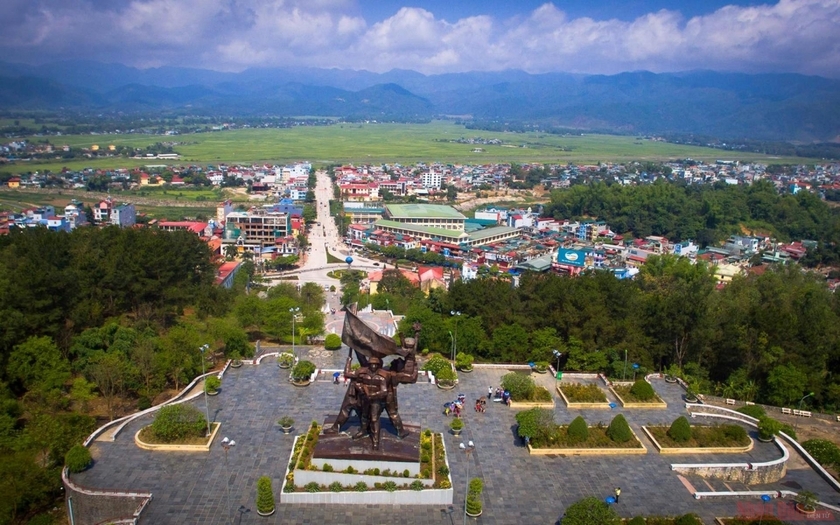
Dien Bien Phu Martyrs' Temple: A place to preserve memories of the old battlefield
Among them, some relic sites have been put into service for visitors such as Hill A1, Hill D1, De Castries Tunnel, Muong Thanh Bridge, Dien Bien Phu Campaign Command Headquarters... These relic sites evoke in the hearts of visitors the scene of the nation's miraculous people's war.
The war has long gone, but its vestiges will always last forever. Dien Bien Phu Battlefield Relics is always a meeting place for visitors to have the opportunity to review the glorious milestones of history, to understand and feel a part of the fierceness of war, the sacrifice of previous generations for peace.
Cu Chi Tunnels - famous underground base
Cu Chi Tunnels were formed during the resistance war against French colonialism (around 1948). The earliest tunnel system was built in the two communes of Tan Phu Trung and Phuoc Vinh An, and the name Cu Chi Tunnels appeared from then.
This is the place where important weapons and forces of the Northwest army were gathered during the resistance days of the Ho Chi Minh campaign, attacking to liberate the South and unify the country.

"Underground city" preserves the heroic history of our nation
The entire tunnel system is located underground, including the infirmary, rooms, offices, kitchens, etc. Stepping into the tunnel, you will have an overview of the life and activities of revolutionary soldiers in the struggle for national liberation. Feel the patriotic spirit that is always boiling in every inch of land. Understand the hardships and sacrifices of national heroes who died for the green color of the country.
US Consulate General in Ho Chi Minh City
This is one of the places associated with the historic victory of April 30th of the nation. The chaotic and chaotic images of fleeing on the roof of the Embassy at that time signaled the permanent collapse of the Republic of Vietnam regime in the South at that time, ending the long years of war.
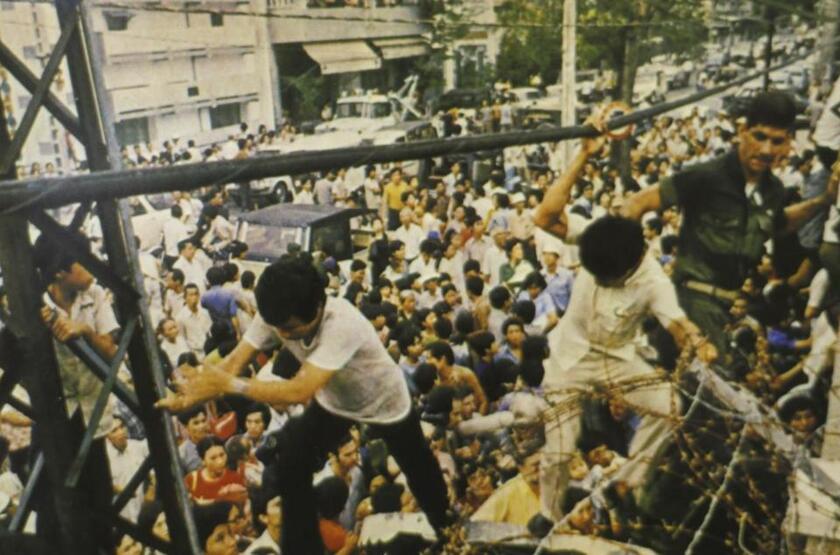
The last minutes of panic in the historical moment of our people
The image of the current US Consulate General has changed compared to the old building. Rebuilt in 1998 on the old site, the new US Consulate is lower and more discreet.
Although the Consulate has undergone many changes, for many people in Saigon in particular and people across the country in general, this place is still a historical witness for people across the country to be proud of when talking about the heroic victory of the nation.
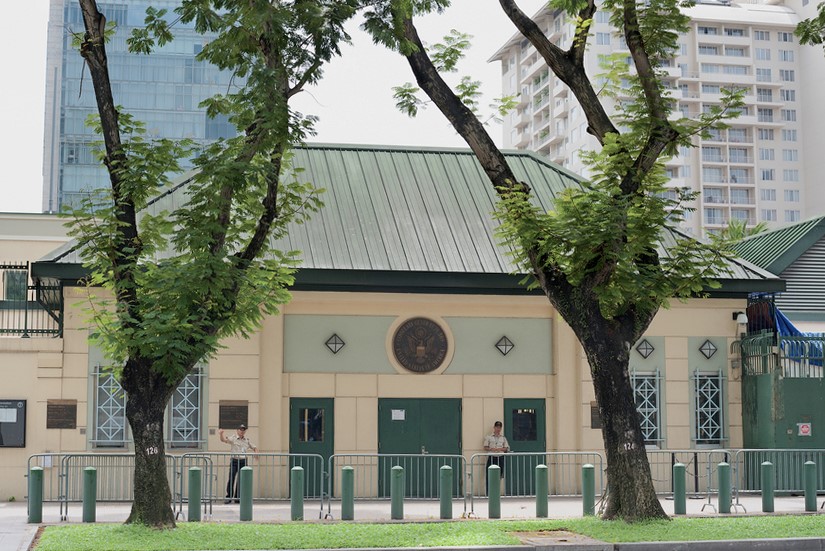
Historical site marking Vietnam's historic April 30 victory
History is a priceless asset of the country, a valuable lesson left by our ancestors, a source for people to remember. In tourism development, if we effectively combine historical elements, it will meet the needs of visitors. At the same time, it will contribute to the process of preserving, conserving and promoting the heroic historical values of the nation.






